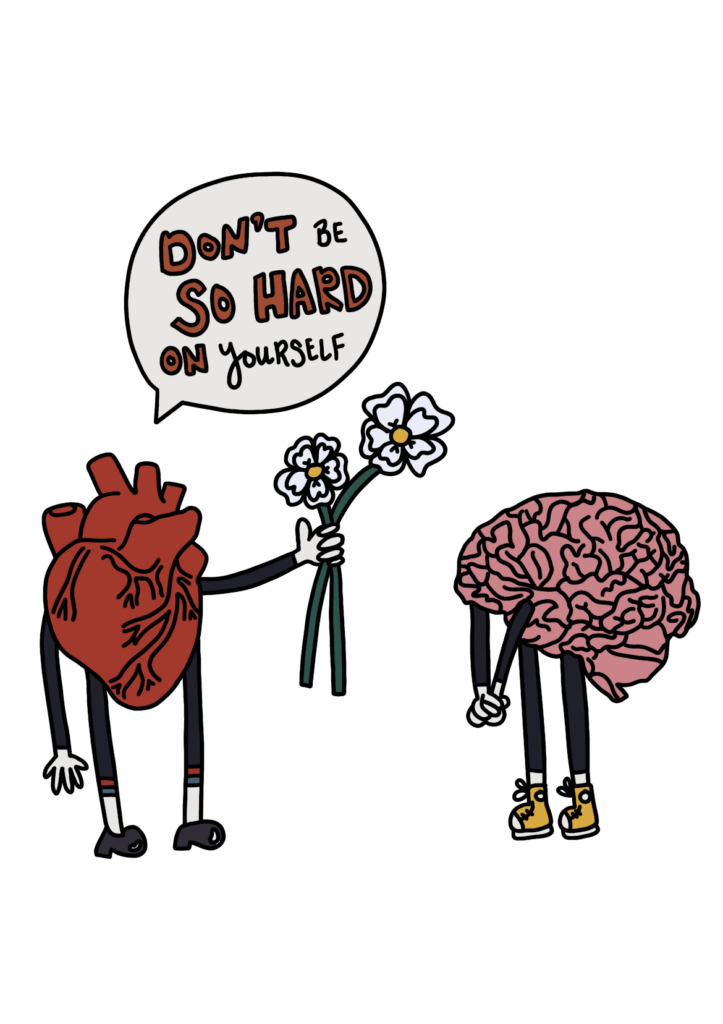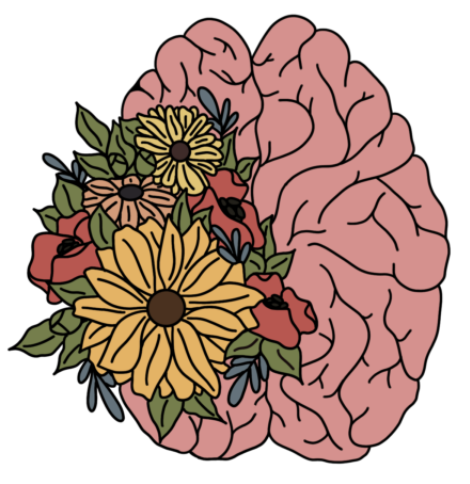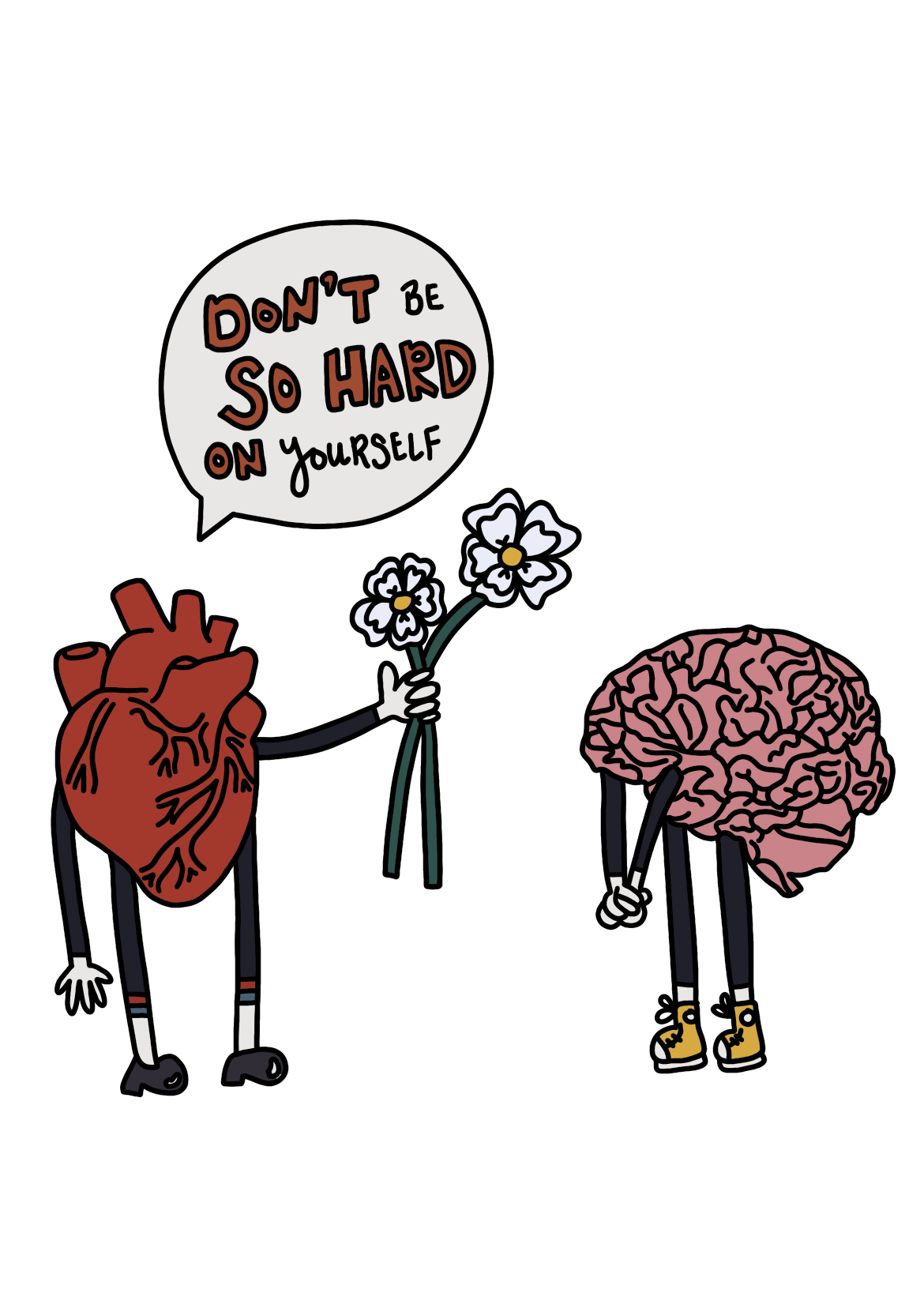Over the past couple of weeks, a group of beautiful individuals and I have been working to create an interactive learning resource about stress, targeting students in their middle years. Each member has their learning topic and activity that they will cover within the learning resource. My topic is the major types of stress, and my activity is a compare and contrast chart.
Within my topic of major types of stress, I will cover eustress and distress. In other words, I will write about the difference between good stress and bad stress. Further, we will give examples of situations where a student’s stress could be good or bad. Upon this discussion, students will be tasked to work in groups to compare and contrast good stress against bad stress. Suppose students feel uncomfortable sharing their thoughts with other students, as stress can be a personal subject matter. Students will be encouraged to work alone, or the activity will be completed as a class.

Since our topic is mental health-related, our group decided it would be best for us not to give a sizeable summative assessment to the students. Instead, we will assess students based on the student’s evaluation of themselves. Stress can be perceived differently by everybody, and it is not linear; therefore, there’s no way that we would be able to make an assessment of student learning linear. However, we have come to a consensus that students should be able to say that they have walked away with knowledge of what stress is and knowledge of techniques they can use if they encounter stress without having to complete a major project or do a test.
As discussed earlier, stress can be a sensitive topic. When teaching issues related to mental health, it is essential to create a safe space where students feel comfortable sharing or not. It would also be necessary for students to know that they could leave class to take a break. When learning about a sensitive topic related to mental health, it is vital to create a safe space where students are entitled to privacy.

One barrier I believe our learning design could face is the barrier of students not feeling safe discussing stress and mental health. Designs for learning should be made as designs for buildings are made—teachers are the engineers of education, just as engineers are the ones who build our buildings. Just as engineers must create safe structures, teachers must create learning designs and use learning approaches in which students will feel safe.
Overall, I believe the interactive learning resource my group is working to create will be inclusive, diverse, and accessible to all students. Some topics might be sensitive; however, they will be addressed in a sensitive matter. The assessments we have chosen for each learning topic are all simple, and should they present any sort of barrier, each is easily adaptable. We believe teaching children about mental health and their feelings young is crucial to developing emotional intelligence and social intelligence. As I said earlier, topics such as these are not linear; therefore, the learning of these topics is not linear, and the assessments are not linear. And that is where I will leave this discussion for today.
Thanks for reading 🙂
Amelia

Leave a Reply